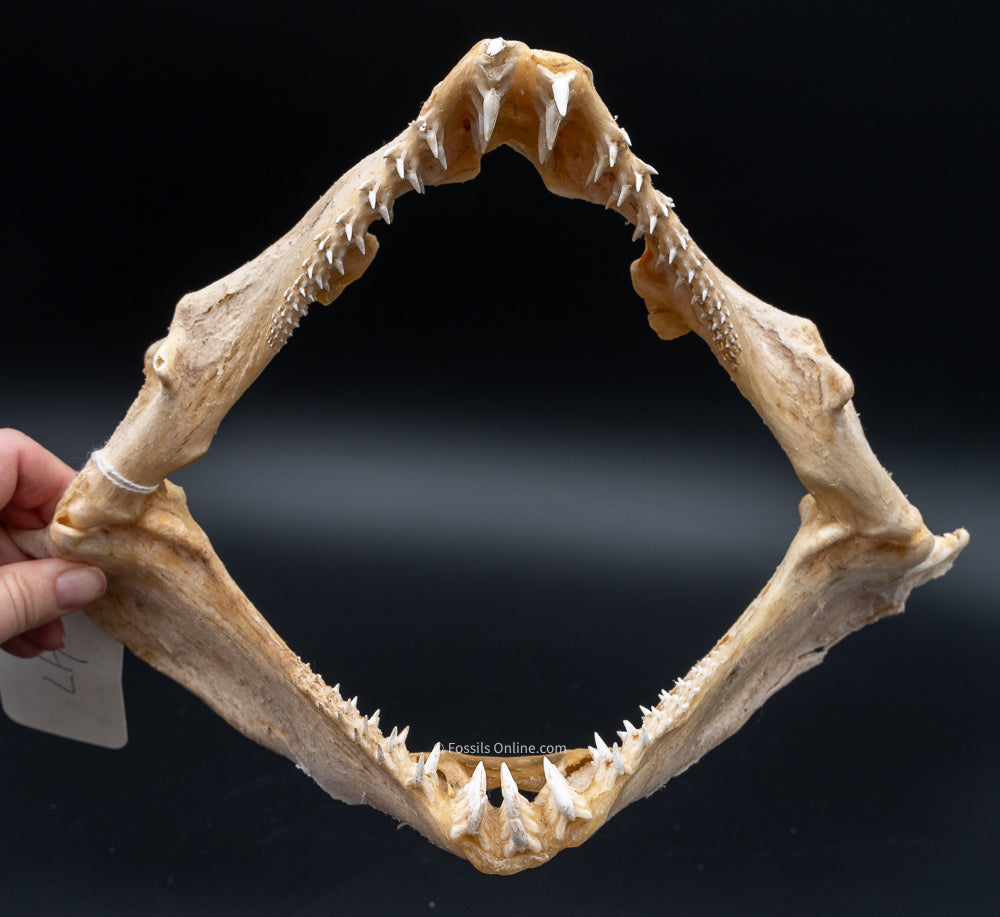This family of sharks is fairly diverse. It includes the largest fish in the world – the Whale shark, which grows over 40 feet in length. It also includes one of the smallest, the Barbelthroat Carpetshark which is known only from a single, mature specimen that measured just over 13 inches in length. Also included in this family are Collared carpet sharks, Blind sharks, Wobbegongs, Bamboo sharks, Nurse sharks and the Zebra shark.

Many carpet sharks, like the common name implies, like to lie on the bottom and use their camouflage to keep out of site during daylight hours – waiting for night time to feed. Wobbegongs are perfectly designed for this. Their flattened heads are outlined with skin flaps and their bodies with complex patterns to help them blend in very well. They blend in so well, that they are often stepped on and have given careless waders a defensive bite to remind them of the encounter.
Nurse sharks (Ginglymostoma cirratum and Nebrius ferrigenius) also like to lie on bottom and are often encountered by divers. They are often encountered congregating in groups while resting on the bottom. Being nocturnal hunters, nurse sharks have small barbells just in front of their mouths that are used to help locate prey items, which they promptly suck in. The suction seems to be powerful enough to help them extract the snail from conch shells. The have very small mouths relative to size, but are very muscular and have been known to clamp down on divers when harassed and not let go. For the most part, they act in a non aggressive manner and swim away when approached.
In all there are 34 different species in this family. For the most part, there isn’t much of a fisheries interest in these sharks with the exception of the zebra shark which is often consumed in the Indo-West Pacific where it is most common. For that reason, we usually don’t have very many jaws available from this family of sharks.

